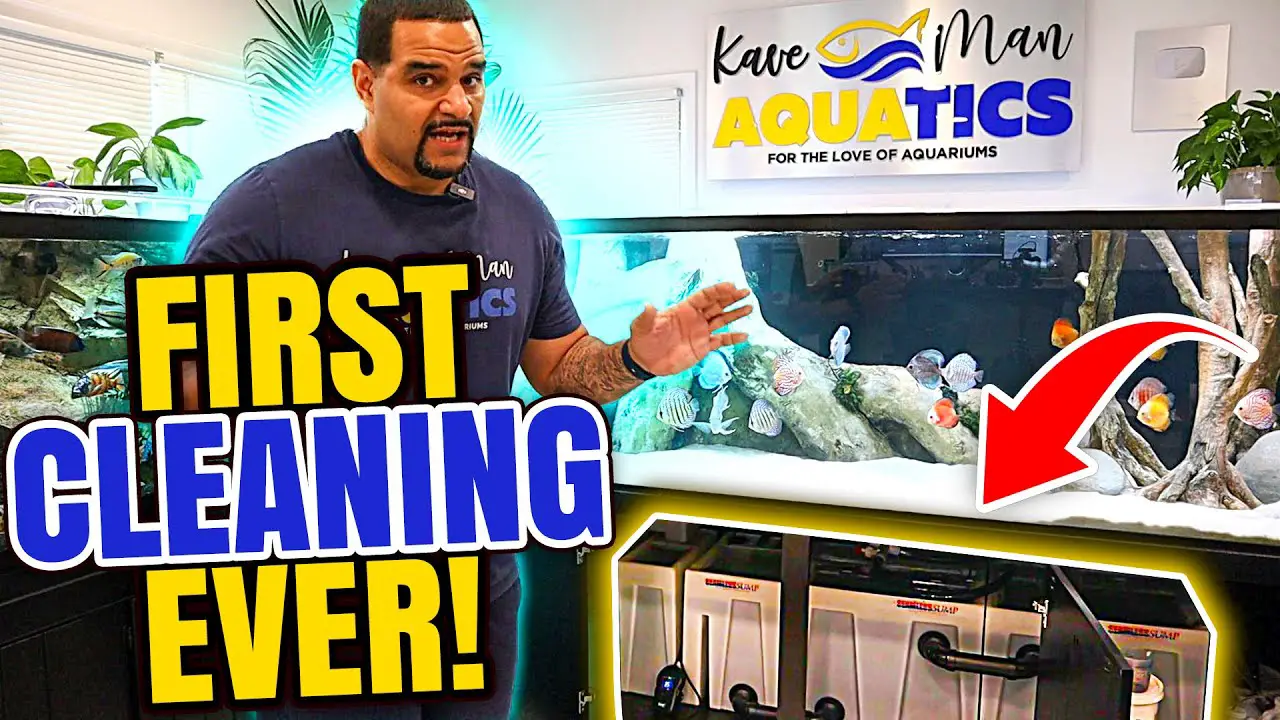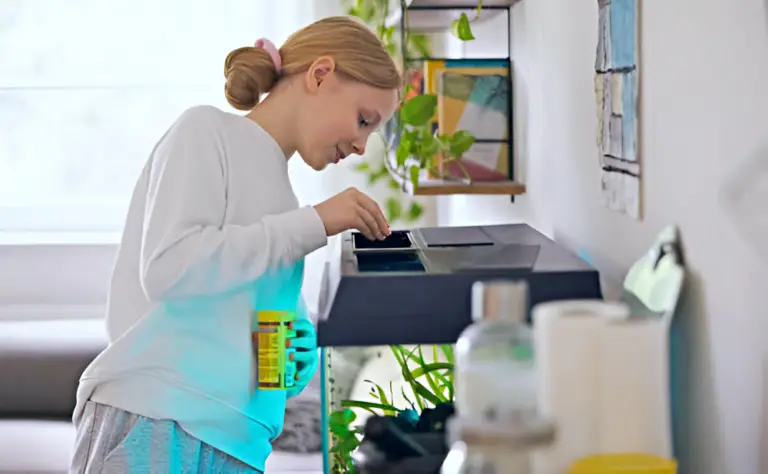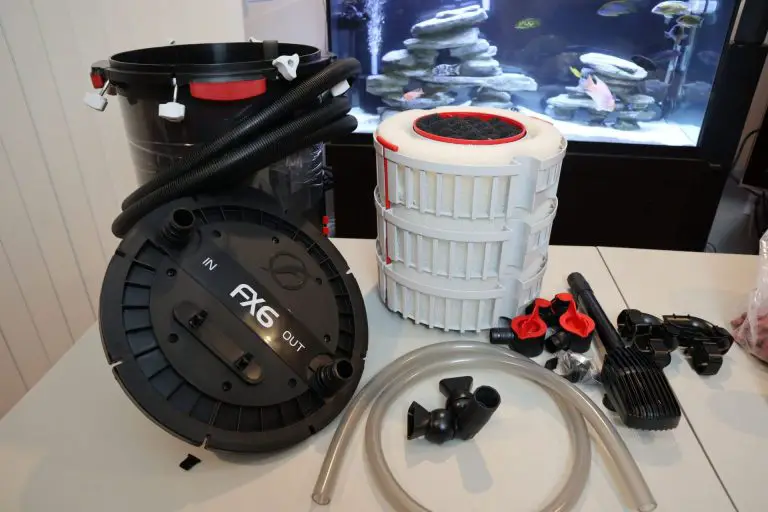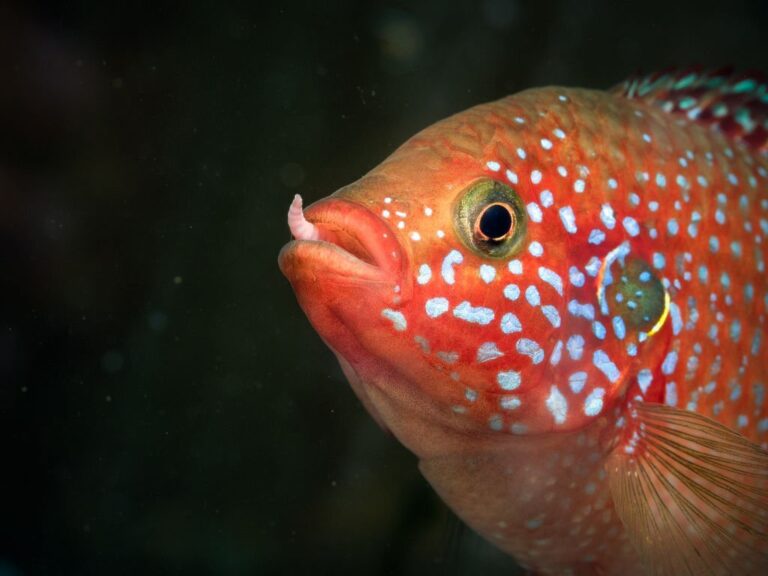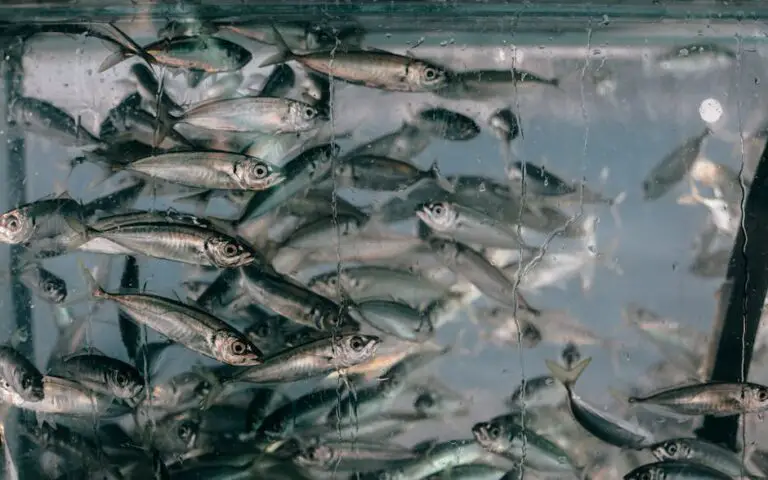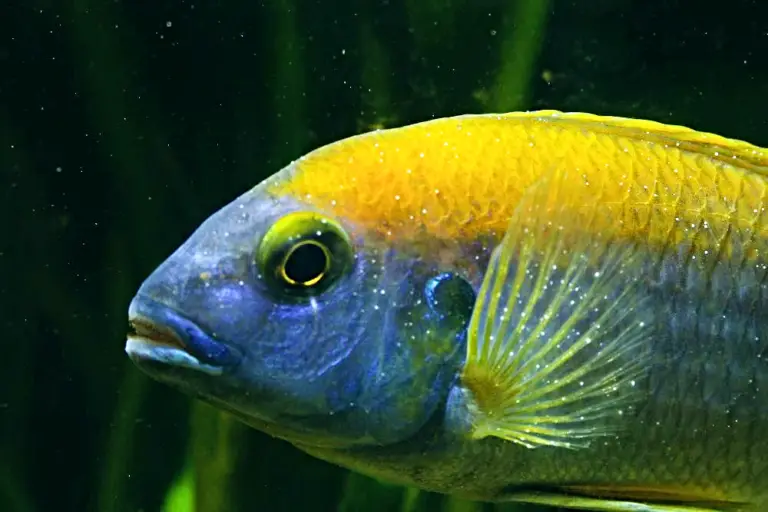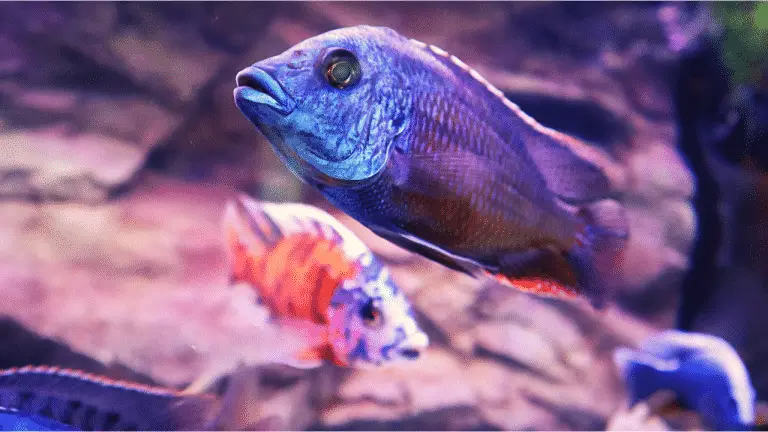The Best Way to Clean an Aquarium Sump
Cleaning a sump is no easy task! But it’s a necessary chore to ensure your tank stays healthy and clean. Sumps are crucial in maintaining your tank’s water quality, housing filtration equipment, and increasing the overall volume of your tank. But over time, they can accumulate debris, algae, and waste.
So, if you’re looking to learn how to clean an aquarium sump effectively, you’ve come to the right place. We’ll guide you through every step of the process — and, if you’re not much of a reader, you can watch and follow our video.
So, let’s dive in and clean your aquarium sump like a pro!
How to Clean an Aquarium Sump
Cleaning an aquarium sump might seem daunting, but with the right tools and a clear plan, it can be a manageable and rewarding task. Here’s everything you need to know to get the job done!
Materials Needed
Before we start, get the following tools and materials ready:
- Buckets or containers for holding water
- Aquarium-safe cleaning tools (brushes, sponges)
- Towels or cloths
- Siphon or gravel vacuum
- Gloves (optional)
- Clamps (optional)
- Replacement filter media and media bags (if needed)
Step-by-Step Guide
Follow the steps below or watch our video — whichever tickles your fins!
Step 1: Turn Off and Unplug Equipment
Before you start, make sure all the electrical equipment connected to your sump is turned off and unplugged. This includes the following:
- Return pump,
- Heaters and heater controllers,
- Protein skimmers, and
- Any other devices.
You don’t want to get shocked, now — so, safety first!
Step 2: Drain the Sump
Using a siphon or a small pump, begin draining the water from the sump into a bucket or container. You can also use those clamps to keep the pipes in place! It’s best to remove as much water as possible to make the cleaning process easier. This also reduces the risk of spills and makes it simpler to handle the equipment.
Step 3: Remove Equipment
Carefully remove all equipment from the sump. This includes heaters, protein skimmers, and any other filtration devices. Place these items in a separate container with aquarium water to keep any beneficial bacteria alive during the cleaning process.
Step 4: Clean the Sump
Now, it’s time to roll up your sleeves and start cleaning! Use an aquarium-safe brush or sponge to scrub the sides and bottom of the sump. Focus on removing any debris, algae, and detritus that have built up over time. If you find a lot of accumulated waste, use a gravel vacuum to suck it up. Let’s just hope you have enough wiggle room to do this!
Step 5: Rinse Equipment
Rinse all the removed equipment with fresh water. Avoid using soap or chemicals, as these can be harmful to your aquarium friends. Ensure all equipment is thoroughly cleaned and free of debris.
Step 6: Clean Filter Media
If your sump contains mechanical filter media, such as sponge filters, rinse these in the removed aquarium water. This helps preserve the beneficial bacteria necessary for your tank’s health. If the filter media is excessively dirty or worn out, it might be time to consider replacing it with new media.
Step 7: Reassemble the Sump
Once everything is clean, it’s time to put it all back together. Yay! Place the equipment back into the sump in the correct order. Ensure that all connections and fittings are secure. You can take this opportunity to check for any signs of wear or damage that might need attention.
Step 8: Refill the Sump
Refill the sump with fresh water, matching the temperature and salinity of your main aquarium. Pour the water slowly to avoid disturbing any remaining debris and to prevent air bubbles in the system.
Step 9: Restart Equipment
Plug in and turn on all the equipment you turned off in the first step. Check that everything is running correctly and that water is flowing smoothly between the sump and the main aquarium.
Step 10: Check for Leaks
After reassembling and restarting the system, take a few minutes to check for leaks. Ensure all connections are tight and that no water is seeping from the sump or any equipment. We know you might be tired by now, BUT a quick inspection now can save you from potential problems later!
FAQs
If you have any other questions needing answering, we’ve got you covered! We swam across the web looking for the top FAQs.
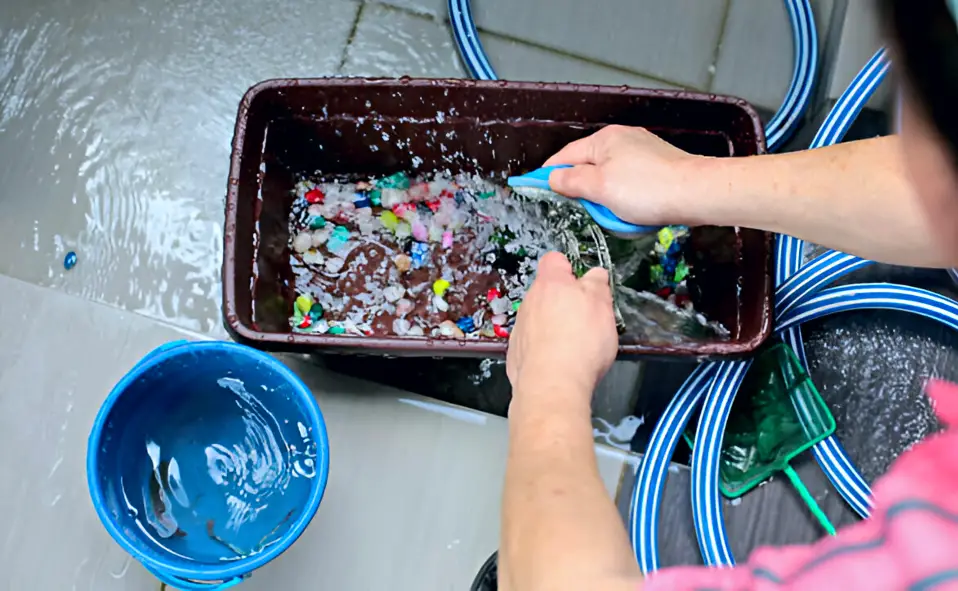
How Often Should I Clean My Aquarium Sump?
It depends on your aquarium’s bioload and filtration system. Generally, cleaning the sump every 3 months is recommended. However, some can go over a year before cleaning! Just inspect the sump regularly to determine if it requires cleaning.
Can I Clean My Sump Without Disrupting the Beneficial Bacteria?
Yes, you can minimize disruption by rinsing filter media in removed aquarium water rather than tap water. This helps preserve beneficial bacteria. Avoid using soaps or chemicals that can kill the bacteria.
Do I Need to Replace All the Water in the Sump During Cleaning?
No, it’s usually unnecessary to replace all the water. Removing a portion of the water to clean the sump is sufficient. Be sure to refill with water that matches the main aquarium’s parameters.
What Should I Do If I Find Pests Or Unwanted Algae in the Sump?
If you find pests or algae, clean the sump thoroughly and consider using a scraper or brush to remove algae. Regular maintenance and monitoring water parameters can help prevent these issues.
Should I Clean the Sump During Regular Water Changes?
It’s not necessary to clean the sump during every water change, but combining tasks can be efficient. If you perform weekly water changes, you might want to clean the sump during one of those sessions.
What Should I Do If My Sump Smells Bad?
A bad smell indicates a buildup of waste or insufficient filtration. Clean the sump thoroughly, check and clean all filter media, and ensure proper water flow and aeration. Regular maintenance will help prevent odors.
Is It Normal for the Sump to Have Some Algae and Detritus Build Up?
Yes, some algae and detritus buildup is normal. Regular cleaning will keep it under control and ensure it doesn’t impact the overall water quality or filtration efficiency.
Share Your Sump Cleaning Experience!
It may not be everyone’s choice of chum, but cleaning an aquarium sump is important! By following the steps, you can confidently clean an aquarium sump and maintain your aquarium (and fish’s) health.

Share your sump cleaning experiences, exchange tips, and connect with fellow fish-keepers in the KaveMan Aquatics community! Select your preferred platform below:
Our community is here to support and inspire you! Join us today and be part of a passionate network dedicated to keeping our tanks clean and our fish happy. Happy cleaning and see you in the community!
The Best Way to Clean an Aquarium Sump
This is no easy task! Find out the best way to clean an aquarium sump with our step-by-step guide! Join our community for more tips!

